Japanese Tattoos
Japanese Tattoos in Pacific Beach, San Diego
The Western world has been profoundly enamored by Japanese culture for a long time now. Westerners love everything from Samurai to Sushi and Karaoke to Anime. But few things native to Japan elicit more wonder and admiration than the art of Japanese Tattoos.
There is more to the history of this ancient tradition than most people realize. For example, while many know the artform’s connection to the world of Yakuza, few people know it’s exact origin.
Therefore, in today’s post, we will attempt to condense thousands of years of history into just a few paragraphs and thus give you a better idea of what the school of Japanese Tattoo art embodies.
Ancient Japanese Tattoo Art
If you are looking for the earliest evidence of Japanese tattooing, you’d have to go back about 12,000 years. We know of Chinese diplomats who made written observations during their visits to Japan in which they remarked on the designs they saw.
While there is some evidence to suggest the earliest Japanese tattoos were used to mark and denounce criminals, the Ainu tribes of early prehistoric Japan used body art to convey spiritual protection.
Japanese Tattoos As We Know Them
The Edo period, perhaps the most instantly recognizable cultural period in the entire world, gave birth to Japanese Tattoo art as we know it today. It was during this period that decorative body art began to sink its hold into Japanese culture, and tattooed criminals began to cover their punishment marks with ornamental designs.
Japanese art flourished during the Edo period, and so did the complexity of early Japanese tattoo design. Gradually, larger pieces began to appear with various social groups adopting the tradition to deepen their cultural identity.
With the end of the Edo period came the fall of the Tokugawa shogunate and the birth of the Meiji expansion. This period of Japanese history was characterized by a sudden shift from isolation to the inclusion of Western cultural traits.
Soon after, foreign sailors, who immediately became fascinated with the art of Japanese tattooing, began exporting the designs to the rest of the world.
Japanese Tattoo Art Today
While in Japan, many (especially the older generations) still view Tattoos as a somewhat shameful practice, the Tattoo world at large has embraced Japanese designs. Today it has become almost blase to see Japanese tattoos adorning the bodies of musicians, athletes, and movie stars, even if not too long ago it was still new, fresh, and exciting. American Tattooers have been tattooing Traditional Japanese, Oni Tattoos, Koi Fish Tattoos, Cherry Blossoms, Irezumi Tattoos, Sumi Tattoos, Sakura Tattoos, Snake Tattoos, Eagle Tattoos, Hannya Masks Tattoos, from Japanese Quarter Sleeves to Japanese Back Pieces.
Nevertheless, Japanese Tattoo art is admired around the world and will likely continue to be so for many centuries to come. Tattooers like Kurt Deetjen at Above All Tattoo are well known for this style and clients come from all over the world to get tattooed by him.
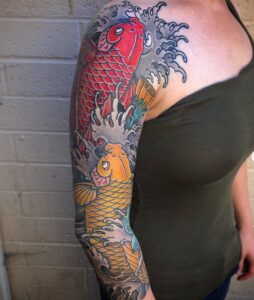
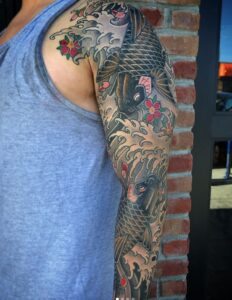
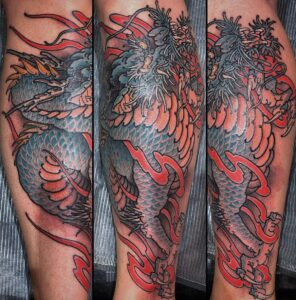
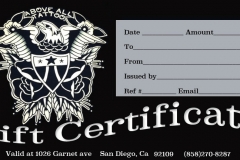
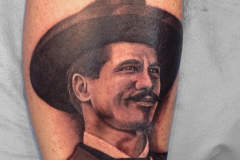
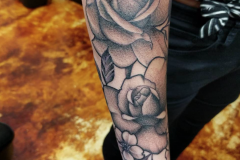
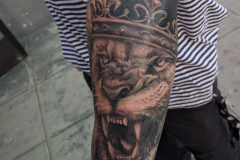

One Response Leave a comment